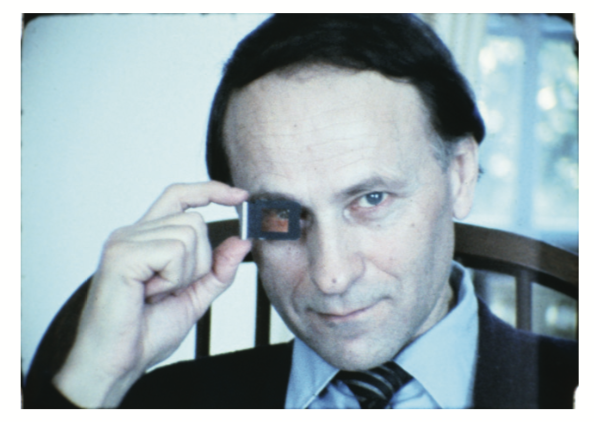The films of Jonas Mekas are masterpieces of nothing.
Mekas was a Lithuanian poet exiled with his brother Adolfas to New York City in 1949. Lost and friendless, they had nothing to do and nowhere to go. So they went to movies, and let The Treasure of the Sierra Madre and The Bicycle Thief enrich their impoverished lives.
Mekas had always kept a diary. Now he bought a Bolex, a small, portable film camera, and filmed everything that surrounded him—fields in Central Park, abandoned buildings, rabbit shit, snowflakes.
“I may just be filming my memories,” he later said. “I don’t care.”
*
After two narrative films and nearly twenty years’ worth of private recordings, Mekas decided to make feature films from his home movies. By then he had immersed himself in the art world and lunched with John Lennon and Allen Ginsberg on a regular basis. He edited his footage without much attention to chronology or sequence—his diary films don’t have plots so much as moments, scenes, and happenings. They have titles like Scenes from the Life of Andy Warhol, or Scenes from Allen’s Last Three Days on Earth as a Spirit.
A typical Mekas sequence could be grainy, washed-out footage of three couples in a dark room seated around a table, upon which sits a birthday cake with lit, flickering candles. A woman eats a peach, perhaps. Children likely play nearby. The screen turns white, and we are on a beach. Water splashes against rocks, and a different woman walks across the sand in bare feet, the wind blowing through her hair. We cut to a close-up of her veiled eyes.
Title card: nothing happens in this film.
And then we’re in SoHo in winter, with snow piled so high that traffic can’t move. Skinny, limp-haired Mekas and two friends walk down the street to a bar, their hands in their pockets, their shoulders touching. We read a title card, meanwhile, in central park, and cut to people in summer drinking wine. The sound track of subway noises, Chopin, and a live recording of the Velvet Underground’s “I’ll Be Your Mirror” gives way to Mekas’s voice. Our accented hero says, in a haltering drawl, “I make home movies, therefore I live. I live, therefore I make home movies!”
Then he plays the accordion.
*
Soon after he came to America, Mekas met filmmakers—people like Kenneth Anger, Stan Brakhage, and Maya Deren—whose movies confused him.
They played versions of themselves in fractured, symbolic landscapes. In Fireworks, Anger played a teenager being gang-raped by sailors while Roman candles went off. Brakhage’s Desistfilm ...
You have reached your article limit
Sign up for a digital subscription and continue reading all new issues, plus our entire archives, for just $1.50/month.
Already a subscriber? Sign in





